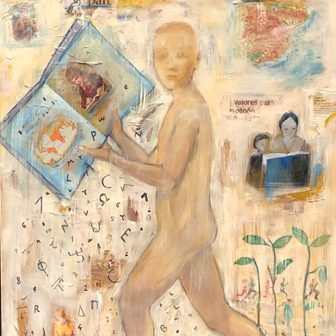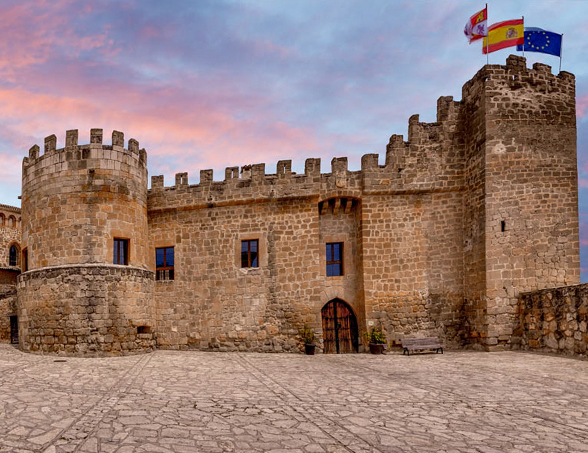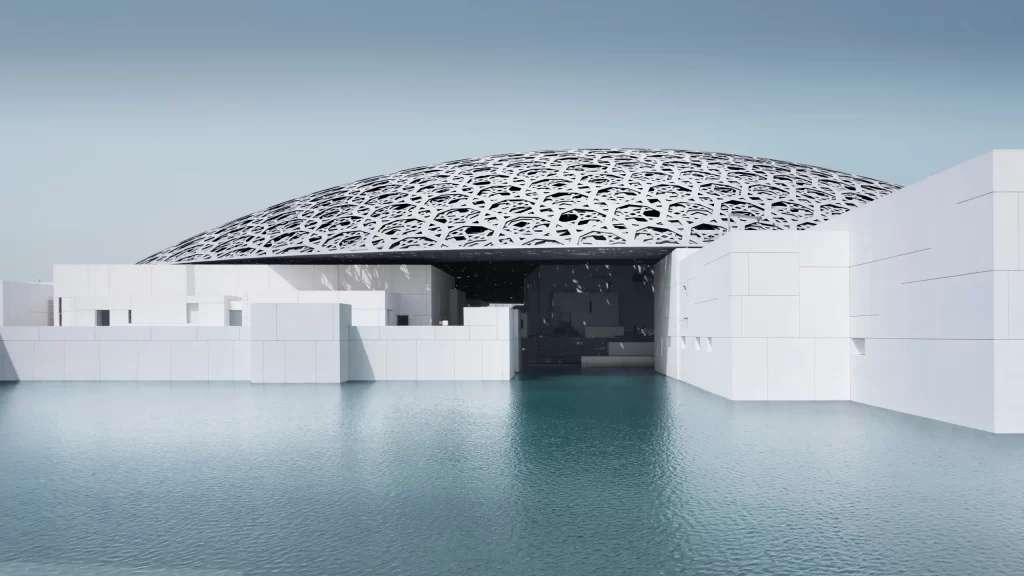What is Art Tourism? A form of sustainable travel

Art tourism is a form of travel that revolves around engaging with artistic and cultural activities, in touristic or historical settings. Sometimes referred to as creative tourism, It involves visiting destinations that also feature art display. It offers a unique travel experience and contributes to the conservation and reappropriation of cultural spaces that might have otherwise been lost.
Breathing Fresh Air into History
For visitors, Art Tourism translates in exploring historical sites, museums, galleries, towns or exhibits with a fresh perspective. It can also look like participating in creative workshops or seeing artists perform on location. But why does it matter?

© David Monteith-Hodge / The Edinburgh Festival Fringe Society
Artistic initiatives and interventions create new interest in historical destinations that might have otherwise been overlooked, forgotten or underfunded.
The practice promotes the conservation of historical destinations and cultural spaces that might have fallen into disrepair or neglect. By attracting tourists with art, these places receive much-needed attention and investment for their preservation. It allows communities to fund the restoration of historical buildings and even revitalise neighbourhoods. They prevent the loss of invaluable cultural heritage.
Many small towns and villages in Europe, for example, have witnessed significant economic development through artistic tourism. By leveraging their cultural assets and heritage, these destinations attract tourists, create jobs and foster a vibrant local economy.
Associations, donors and international organizations play a crucial role in supporting these sort of endeavors, often working on a non-profit basis to ensure the sustainability of the projects and their positive impact on the local community.
(La la la la) Art tourism is all around the world
Due to its success in rekindling local economies, artistic tourism has recently multiplied throughout Europe and the rest of the globe. Initiatives related to the practice can manifest in the most disparate regions, each with its unique artistic heritage waiting to be explored.
One positive example is PROYECTO ARMAZÓN, a project led by Margarita Asuar in Spain. This initiative revitalizes old castles by transforming them into exhibition spaces featuring art related to the 17 OECD sustainability goals.

for SDG 4: “Quality Education”

for SDG 3: “Health and well-being”
The selected works include paintings, photographs, sculptures and more. Such projects not only attract visitors but also create a platform for promoting social and environmental awareness, all while preserving historical structures.

A word of caution
Not all art tourism initiatives share the same non-profit and community-focused goals. While some attractions may present themselves as such, they may primarily serve commercial and sales objectives. Instead of helping local populations, preserving the environment or even supporting local economies, they might even hinder them. This addresses ventures such as the Abu Dhabi Louvre.

Differentiating between projects that genuinely support local communities and those driven purely by commercial interests is crucial in understanding the true nature of art tourism. It is essential to critically evaluate such initiatives to ensure they align with the principles of non-profit, community development and cultural preservation, allowing art tourism to truly make a positive impact on the places it seeks to showcase and support.
Sustainability. Last but not least.
By promoting the conservation and reappropriation of cultural spaces, this creative form of tourism fosters sustainable economic development in rural areas. It leads to enrichment for both travellers and local communities.
Art tourism offers a unique, sustainable and rewarding travel experience that combines cultural exploration, creativity and the preservation of historical heritage.


